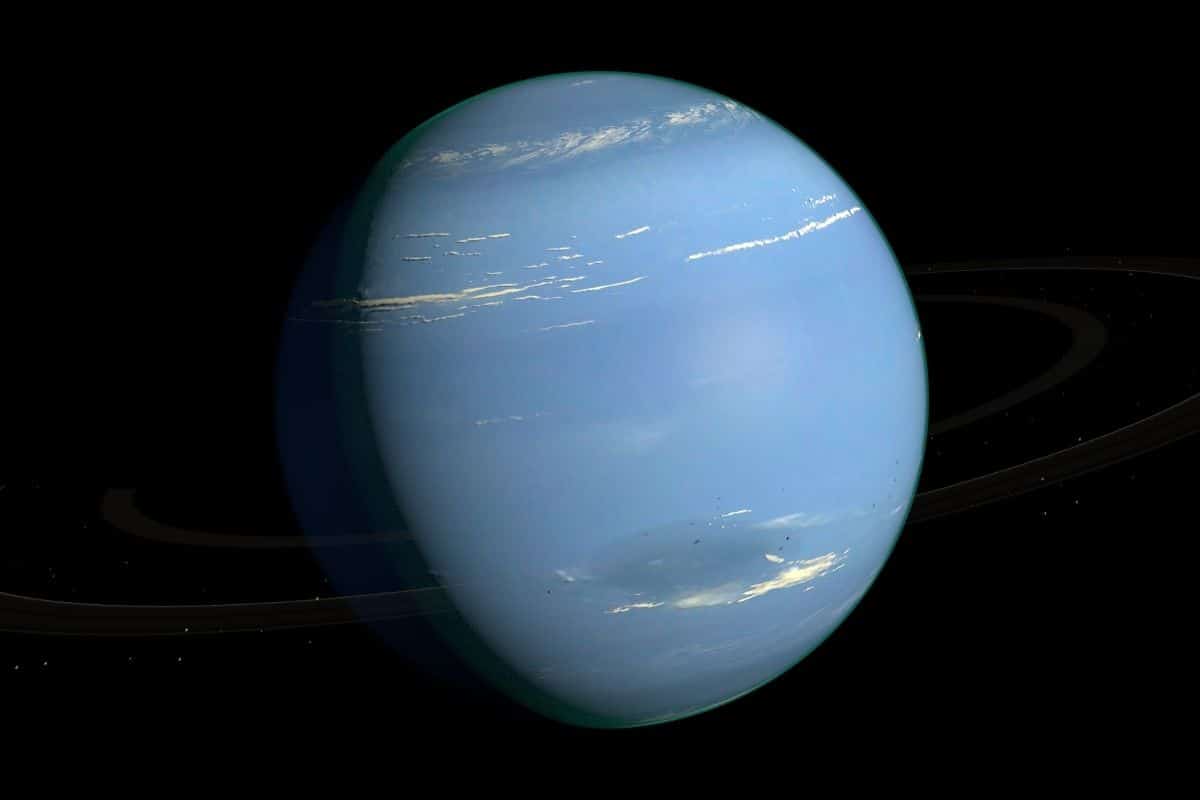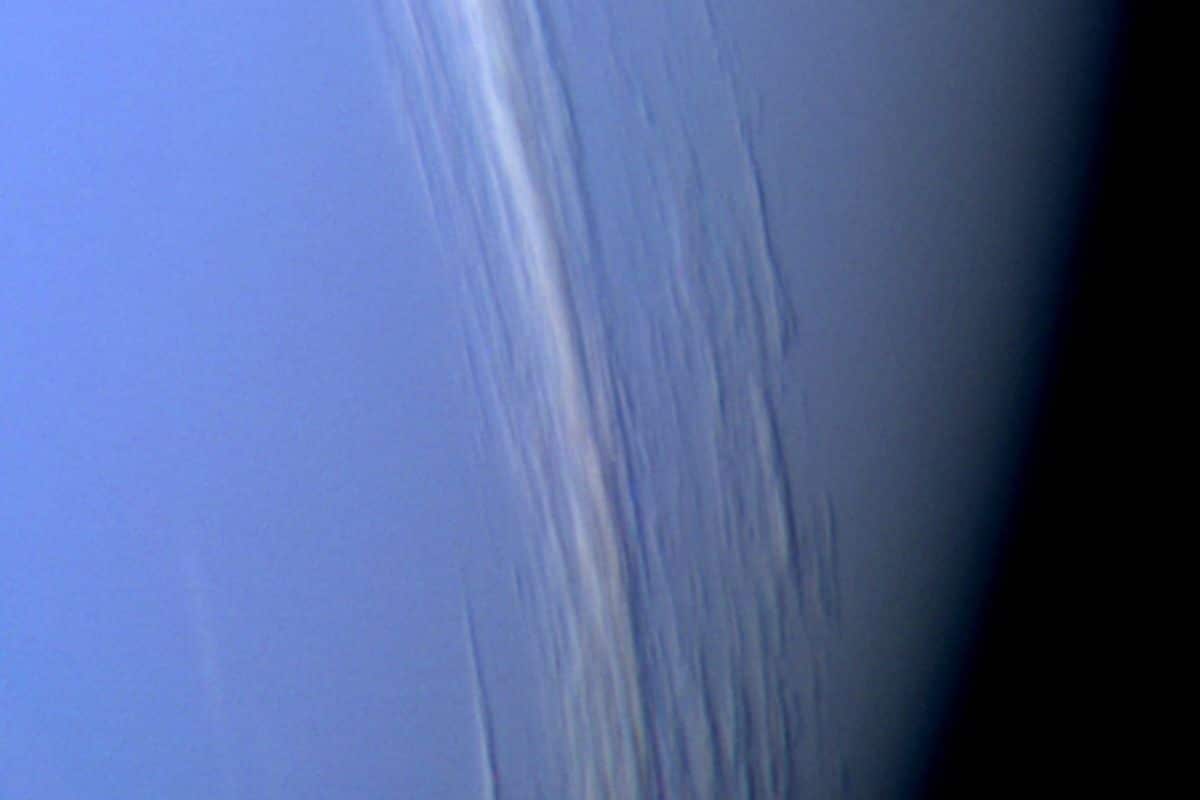Would you like to see Neptune from Earth? Perhaps you would like to see its rings, or maybe you want to view its atmosphere with your own two eyes. If you’d like to view Neptune for yourself, the good news is that it is possible using a telescope!
Read on for everything you need to know about viewing this planet in the night sky.

Contents
Where to Find Neptune in the Night Sky
To find planet Neptune, you need to know where to look for it. Planet Neptune lies between the constellations Aquarius and Pisces. To locate planet Neptune, first, find the constellation Aquarius. Then move your telescope towards the constellation Pisces.
You may need to adjust your telescope so that you can see the planet. Adjust your scope until you see the planet. Luckily enough, Neptune is one of the only planets in our solar system that doesn’t frequently move its position against the backdrop of the stars, which means that it is one of the easiest planets to spot.
What Does Neptune Look Like Via a Telescope?
When you use a telescope to view Neptune, you will notice something unusual. Neptune looks like a big ball with a tail attached to it. The tail is actually a large cloud of material surrounding the planet.
This cloud of material is called the atmosphere of Neptune. You will also notice that there are three rings around the planet.
If you want to see color, then we recommend you take a very small telescope and turn its magnification up to around 100x.
Then, once you focus on Neptune, you should see a cloud of color around the plant or red and blue, which is caused by methane in Neptune’s atmosphere.
Alternatively, you could even dial up the magnification of your telescope to around 200x, as this will allow you to view Neptune’s rings.
Where is Neptune?
The planet Neptune was discovered in 1846 by German astronomer Johann Gottfried Galle. He named it after the Roman god of the sea.
Since then, astronomers have studied Neptune extensively. They have found out that it has a thick ring system around it. In addition, they have also seen its atmosphere.
Neptune is the eighth planet from our Sun. Its discovery was announced in 1846. It takes 248 years for Neptune to complete one orbit around the sun.
It is the furthest planet from the Sun. The distance between the sun and Neptune is about 30 times greater than the distance between the earth and the moon.
Neptune’s mass is 1/3rd that of all the other planets combined. However, it is still bigger than any planet in our solar system.
Neptune has many moons. Triton is the largest moon in the Solar System. It is larger than Mercury. In fact, it is larger than Pluto. It is also bigger than the planet Jupiter.
Neptune rotates on its axis every 12 hours. It completes an orbit once every 164 days. Neptune has been observed with different telescopes. The Hubble Space Telescope has photographed the surface of Neptune. It can be seen that Neptune has a blue-green color.
In the past, scientists believed that there were no moons orbiting the planet. However, in 1989, Voyager 2 detected a large moon circling around Neptune.
This moon is called Nereid. It is the second-largest moon in the Solar system. In 1995, another moon was discovered. It is called Proteus. It is smaller than Nereid.
It is possible to see Neptune from Earth using a telescope. There are several ways to do this. You could use binoculars or even a small telescope. But if you want to get the best views of the planet, you should use a big telescope. A 10-inch telescope will give you the clearest view of the planet.
Planet Neptune’s Rings
Neptune has three rings. These rings are made up of ice particles. Ice particles are very hard and brittle. When these particles come together, they form a solid disk.
The rings are located at the same distance as Saturn’s rings. The outermost ring is known as the Encke ring. It is about 3 billion miles away from the planet.
The middle ring is known as the Adam’s ring. It is about 4.5 billion miles away from the center of the planet. The innermost ring is called the Haumea ring. It is about 7.4 billion miles away from the center of the planet.
These rings are not visible to the naked eye. But when viewed through a telescope, they appear as bright spots.
Planet Neptune’s Atmosphere

Neptune has an atmosphere. This atmosphere is composed of nitrogen gas. It extends over the entire planet. The atmosphere of Neptune is similar to Uranus’ atmosphere. Scientists believe that both planets had atmospheres before their formation.
The atmosphere of Neptune is very thin. It is only 0.1% thicker than the air we breathe here on Earth. The pressure inside Neptune’s atmosphere is about 100 times more than the pressure at sea level on Earth.
The temperature of Neptune’s atmosphere varies from -190 degrees Celsius to +90 degrees Celsius. The average temperature is about -180 degrees Celsius.
Neptune has clouds. They are made up of water droplets. Water droplets are suspended in the atmosphere by the wind. If the wind speed increases, then the cloud cover becomes denser. If the wind speed decreases, then the cloud cover gets thinner.
There are two types of clouds on Neptune. One type is dark clouds. They have high altitudes. They are usually found near the equator.
Another type of cloud is the white clouds surrounding Neptune. They are low altitude clouds and can be found near the poles and these white clouds are also known as cirrus clouds.
Just like the rings, Neptune’s atmosphere and cloud formulation is not visible to the naked eye, but it can be spotted when using a telescope.
Final Thoughts
There we have it! To sum up, all that we have talked you through above, it is indeed possible to view Neptune through a telescope.
Remember, if you do decide to try viewing Neptune, please make sure that you choose to do so on a clear night so that you have a good view of the stars. Also, remember to bring along some patience and perseverance.
Good luck!

